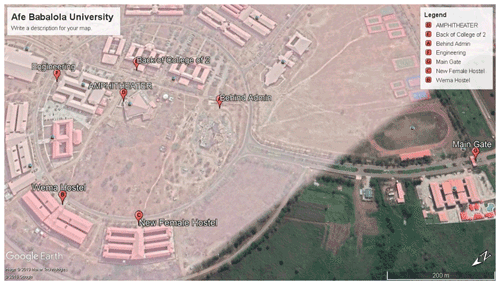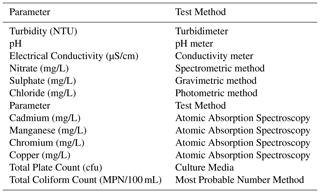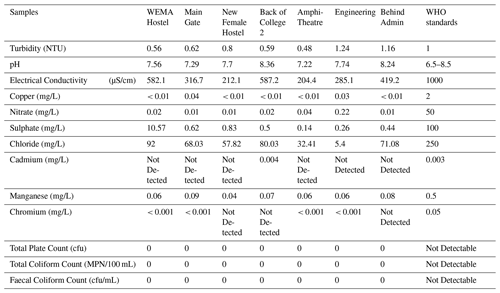Assessment of Drinking Waters Quality Collected from Boreholes in Afe Babalola University Ado-Ekiti (ABUAD)
The quality of drinking water is dependent of its source(s) and means of collection. The water available for drinking in the study area is accessible through groundwater exploration. This research was carried out to determine the quality of water from the selected boreholes within the university and checked by the World Health Organization (WHO) drinking water standards for the various parameters considered. Samples were gotten from seven (7) of the sited boreholes and various physico-chemical parameter tests such as turbidity test, conductivity test, pH test, copper test, manganese test, chloride test, sulphate test, chromium test, nitrate test and cadmium test and bacteriological tests as total plate count, total coliform count and faecal coliform count were carried out following due procedure, precautions and the results analyzed. The results show that most samples were satisfactory for the tests carried out while only two (samples from Behind Admin and Engineering) were unsatisfactory in turbidity while one sample (sample from Back of College 2) was unsatisfactory in the cadmium test. WQI showed that the water samples had excellent qualities except for that from Back of College 2 which had poor quality and is unsuitable consumption.









